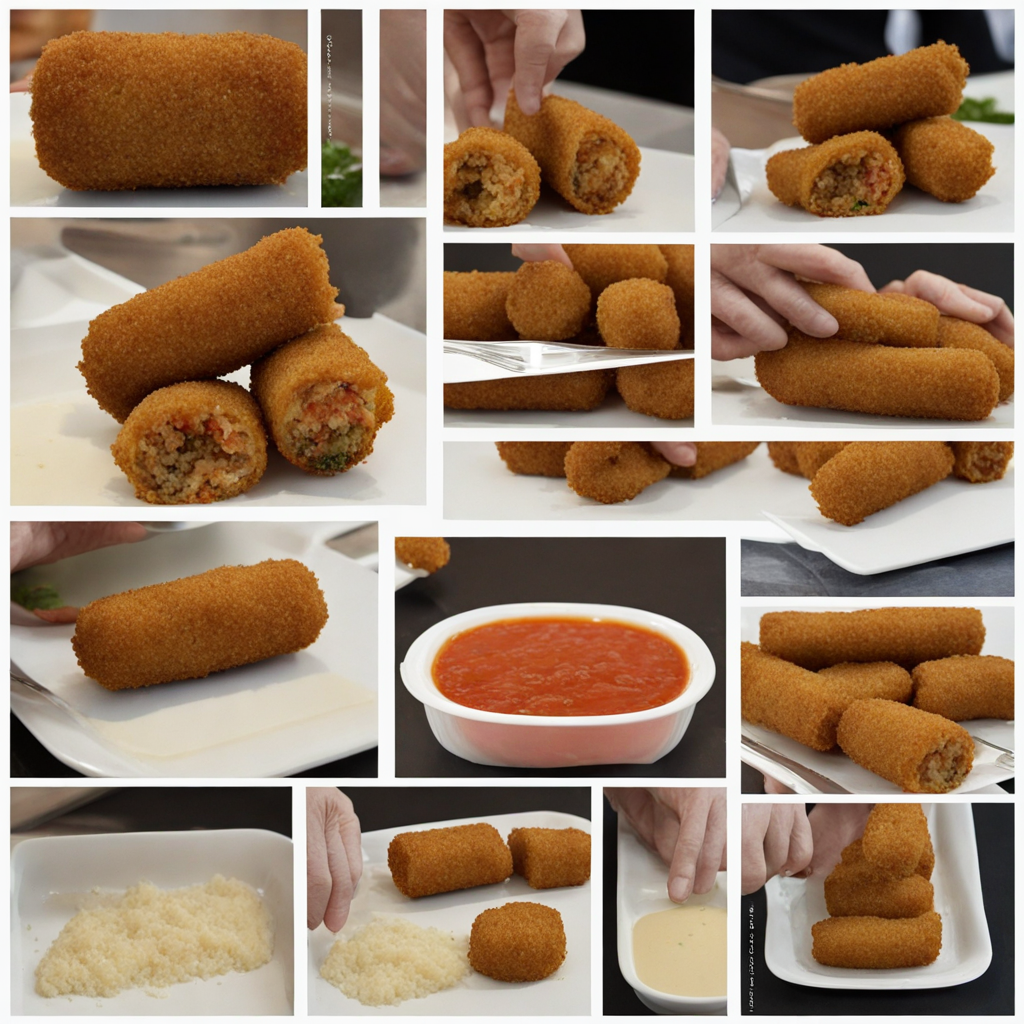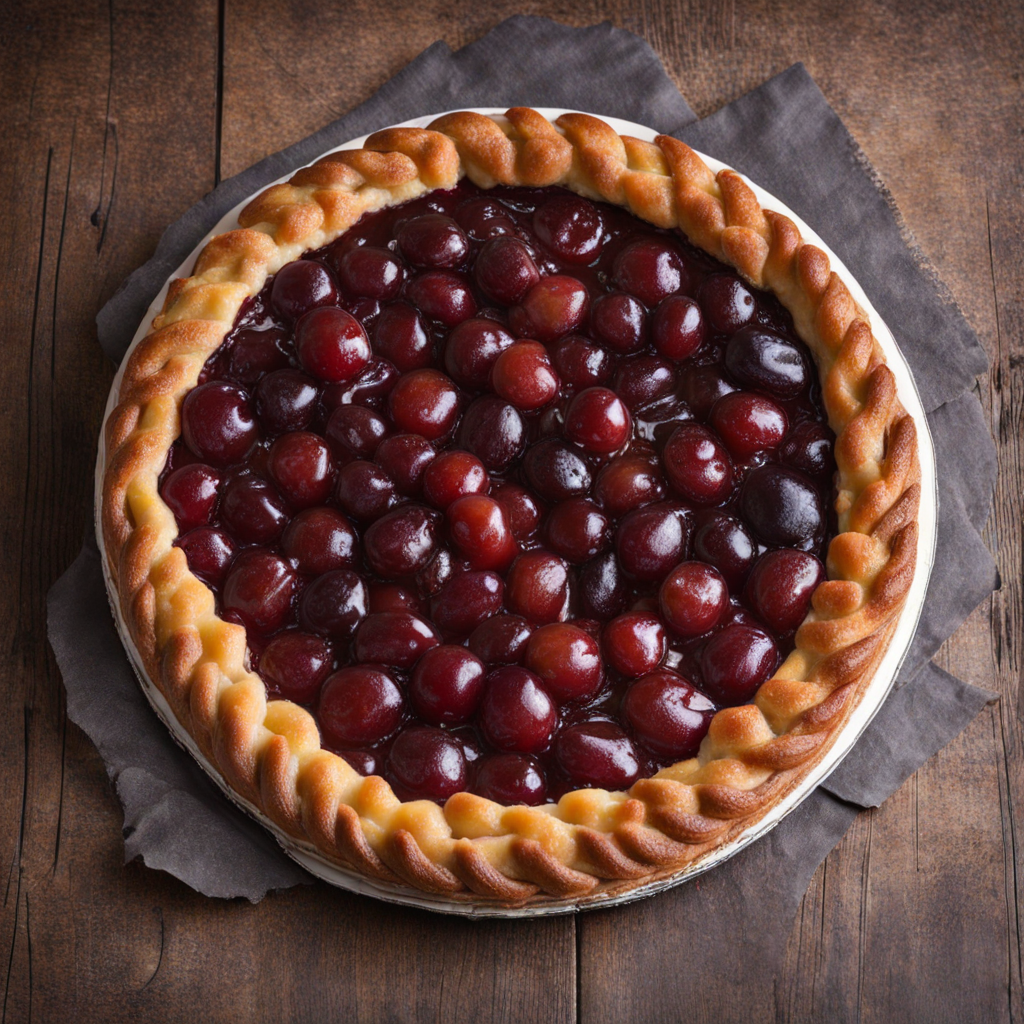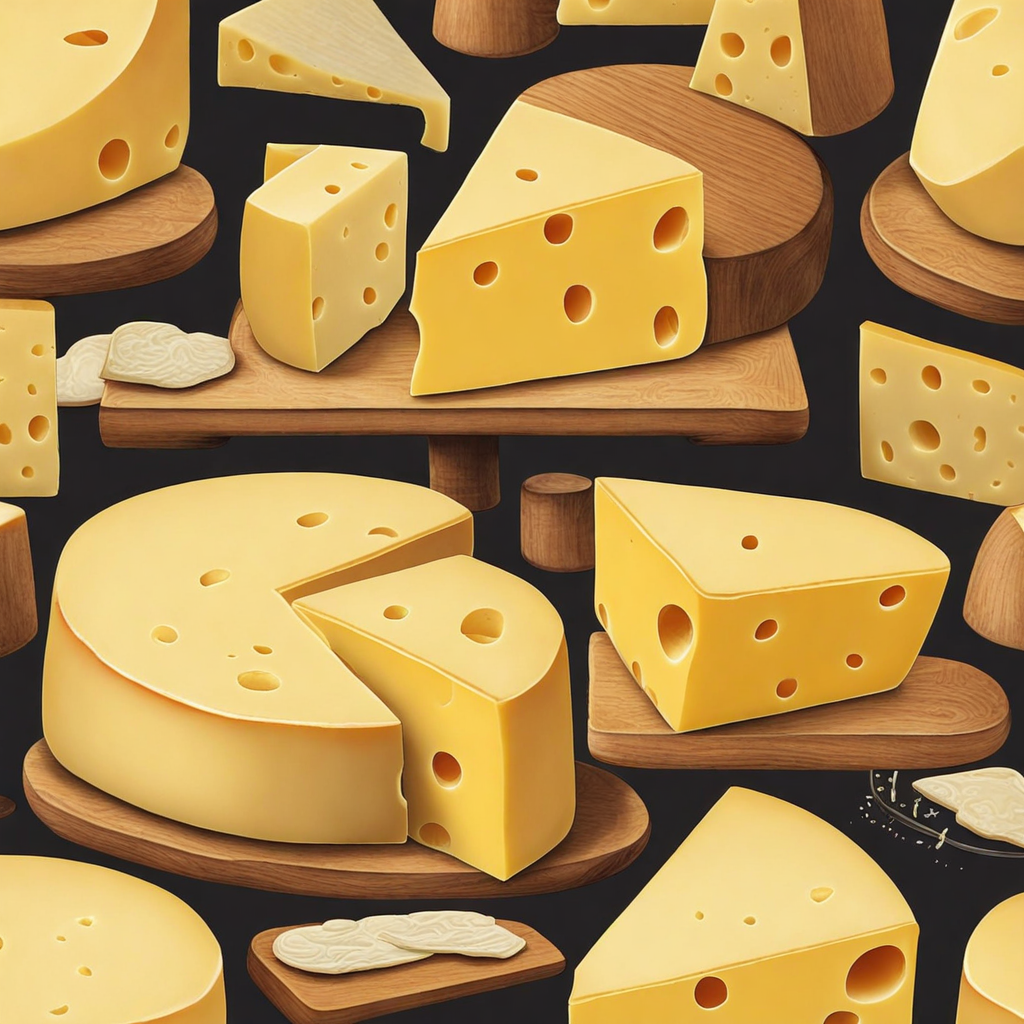Rookworst
Rookworst is a traditional Dutch smoked sausage that holds an esteemed place in the culinary landscape of the Netherlands. This sausage has its roots in the country’s rich history of meat preservation and regional culinary practices. The term "rookworst" translates to "smoked sausage," which is indicative of its primary cooking method. While the exact origins of rookworst are somewhat ambiguous, it is believed to have been developed in the 17th century, coinciding with the rise of meat smoking as a means of preservation. Throughout the years, it has evolved into a staple dish, particularly popular during winter months and festive occasions. The flavor profile of rookworst is robust and hearty, characterized by a smoky aroma that comes from the smoking process. The sausage is typically made from a blend of pork and beef, although variations exist that may incorporate other meats or seasonings. The dominant flavors are savory, with a hint of sweetness often derived from the natural sugars in the meat and any added spices. Traditional rookworst is seasoned with a mix of spices such as nutmeg, white pepper, and sometimes garlic, which contribute to its complex taste. The combination of the smokiness and the spices creates a comforting and satisfying flavor that pairs well with a variety of side dishes. Preparation of rookworst is relatively straightforward, allowing home cooks to enjoy this delicacy with minimal effort. The sausage is usually sold pre-cooked and smoked, making it convenient to prepare. It can be heated through various methods
How It Became This Dish
Rookworst: A Culinary Icon of the Netherlands Rookworst, a beloved Dutch sausage, is not just a staple in the Netherlands; it is a culinary emblem steeped in history, culture, and tradition. This smoked sausage, often made from pork and seasoned with a blend of spices, has captured the hearts and palates of generations. To understand the significance of rookworst, we must explore its origins, its evolution, and its role in Dutch cuisine and culture. #### Origins: A Sausage with Roots The origins of rookworst can be traced back to the Middle Ages, a time when food preservation was vital for survival, particularly in the colder months when fresh produce was scarce. The Dutch began smoking meats as a means of preserving them, utilizing the technique to enhance flavor and extend shelf life. While the exact time and place of the first rookworst's creation remain murky, it is believed to have evolved from earlier forms of sausages made by Germanic tribes, who were known for their expertise in meat processing. Rookworst is traditionally made from high-quality pork, which is minced and mixed with spices such as salt, pepper, and nutmeg. The mixture is then stuffed into casings, usually made from the intestines of the animal, and subjected to a smoking process that imparts a distinctive flavor. The smoking technique varies by region, leading to subtle differences in taste and texture. The most famous variant comes from the province of Gelderland, where the sausage is typically produced with a blend of herbs and spices unique to the area. #### Cultural Significance: A Comfort Food Rookworst holds a special place in Dutch culture, often seen as a comfort food that evokes feelings of home and warmth. It is commonly enjoyed during traditional Dutch meals, particularly during the winter months. One of the most iconic pairings is with "stamppot," a hearty dish made of mashed potatoes mixed with vegetables such as kale or sauerkraut. This dish is not only a staple in Dutch households but also a symbol of the country’s agricultural heritage. The importance of rookworst extends beyond mere sustenance; it is a part of Dutch celebrations and rituals. It features prominently during the Sinterklaas festivities in December, where it is often served alongside other traditional dishes. The sausage is also a popular choice for festive occasions, gatherings, and family dinners, making it a central figure in the Dutch culinary landscape. #### Development Over Time: Tradition Meets Innovation As the Dutch culinary landscape evolved, so too did the production and consumption of rookworst. The industrialization of the 19th and 20th centuries brought about significant changes in food production, including advancements in smoking techniques and refrigeration. These innovations allowed rookworst to be produced on a larger scale and distributed beyond local markets, making it accessible to a wider audience. Despite the rise of mass-produced versions of rookworst, many artisanal producers continue to uphold traditional methods, ensuring that the quality and authenticity of the sausage remain intact. Local butchers and specialty shops often take pride in crafting their own varieties, emphasizing the importance of local ingredients and techniques. This commitment to quality has led to a renaissance of interest in traditional Dutch foods, with rookworst at the forefront. In recent years, there has been a growing trend towards sustainability and ethical food production. Many producers now focus on sourcing pork from local farms that prioritize animal welfare and organic practices. This shift reflects a broader movement within the culinary world towards responsible eating and environmental consciousness, ensuring that rookworst remains relevant in a changing food landscape. #### Regional Variations: A Tapestry of Flavors While rookworst is widely recognized as a Dutch delicacy, its regional variations highlight the diverse culinary traditions across the Netherlands. Each province has developed its own unique take on the sausage, often influenced by local ingredients and cultural practices. For instance, in the northern provinces, rookworst may incorporate flavors from local herbs and spices, while in the southern regions, the sausage might feature a richer blend of meats and a smokier profile. Some notable regional variations include the "Zeeuwse rookworst," known for its robust flavor and firm texture, and the "Friese rookworst," which is slightly sweeter due to the inclusion of brown sugar in the recipe. These regional distinctions not only showcase the richness of Dutch culinary heritage but also foster a sense of pride and identity among local communities. #### Modern-Day Rookworst: A Culinary Revival Today, rookworst is experiencing a renaissance, with chefs and home cooks alike embracing this traditional sausage. Contemporary interpretations are appearing on menus across the Netherlands, where chefs experiment with flavors and presentation, merging traditional techniques with modern culinary trends. Rookworst may now be found in gourmet dishes, paired with artisanal bread, or incorporated into innovative recipes that pay homage to its rich history. Moreover, the rise of food tourism has led to an increased interest in traditional Dutch foods, with rookworst often highlighted as a must-try item for visitors. Food festivals, markets, and culinary workshops celebrate this iconic sausage, encouraging a new generation to appreciate its historical significance and delicious flavors. #### Conclusion: A Sausage with a Story Rookworst is more than just a smoked sausage; it is a culinary icon that tells the story of Dutch culture, tradition, and innovation. Its journey from medieval preservation method to modern-day comfort food reflects the resilience of Dutch culinary heritage. As it continues to evolve, rookworst remains a testament to the importance of food in shaping identity and community. Whether enjoyed during a family gathering or savored at a fine dining establishment, rookworst is a dish that encapsulates the warmth and richness of Dutch cuisine, inviting all to partake in its savory legacy.
You may like
Discover local flavors from Netherlands






